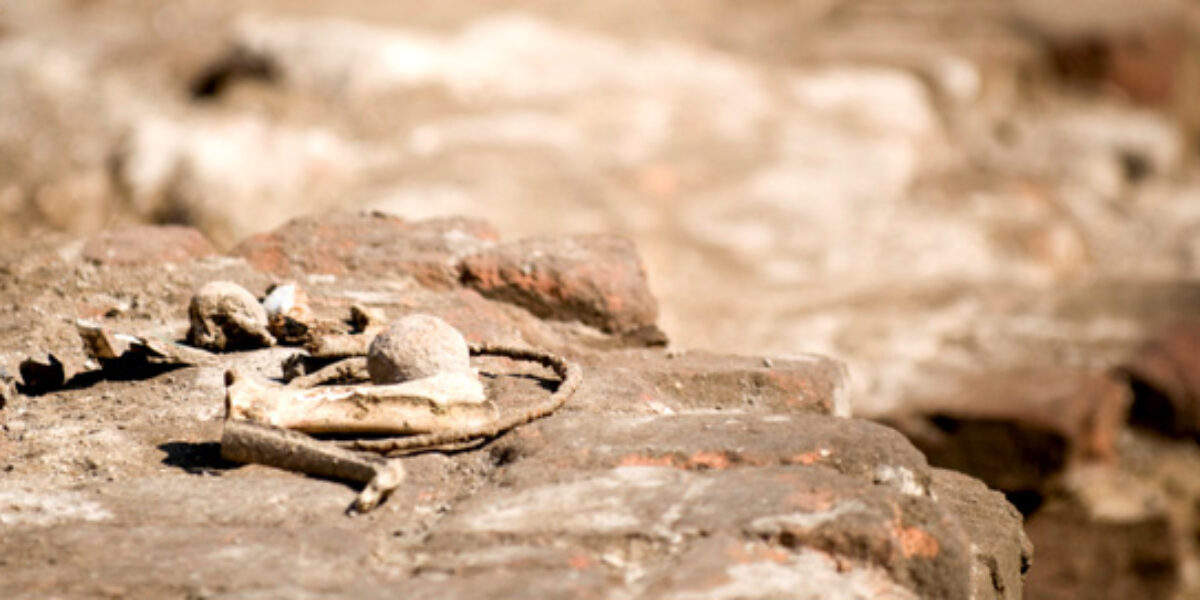Sometimes the truth is buried—literally. But as archaeologists sift through the deserted remnants of the past, they often have rediscovered truth attested to in the Bible.
Archaeology has helped to confirm some of the events reported in the Bible. Although it cannot “prove” every detail found in the Bible (since the Bible was written thousands of years ago), many archaeological excavations have provided useful evidence that in some cases support what the Bible says. For example, archaeological evidence shows that there were many Philistines in Palestine around 1000 B.C., and that they were most likely a threat to neighboring peoples, including the Israelites. This may be one reason why the people of Israel felt the need for a strong ruler (king) so that they could better defend themselves (1 Samuel 8).
Also, archaeological studies of village sites in Judea dating from the sixth century B.C. show that many of them had been abandoned for a number of years before being used again.
This supports the Bible’s extensive description of how the Babylonians took many of the people away from Judah and into exile in Babylon. (See the article called “From Joshua to the Exile.”) The exile lasted from 586 B.C. to about 538 B.C. when Cyrus (see above) allowed the people of Judea to return home.
Other important archaeological finds are those uncovered at Jericho, where many layers of civilizations have been unearthed, the oldest dating from before 5000 B.C., several thousand years before the Israelites conquered it (Joshua 5:13-6:27). Archaeologists also uncovered the ruins of a building near Jericho from a later period. It has been identified as the winter palace of Herod the Great.
Shechem, Mount Gerizim, and Samaria, all sites in central Palestine, are important because they were centers of royal power and worship for the northern tribes of Israel.
Megiddo, where the famous “Stables of Solomon” were found (1 Kings 9:19). The “tell” at Megiddo is about 70 feet deep, so several strata (layers) of material have been uncovered.
Jerusalem, where a tunnel known as “Hezekiah’s Tunnel” was found. This tunnel was used to bring water into the city during the time the Assyrians surrounded the city in 701 B.C. (2 Kings 20:20).
Capernaum, where an early synagogue (Jewish meeting place) was found that may relate to Mark 1:21. A fisherman’s house was also found nearby which dates from the first century A.D.
Ephesus, where the temple of Artemis was unearthed along with writings that mention the silver statues of this temple, possibly similar to those mentioned in Acts 19:24.




